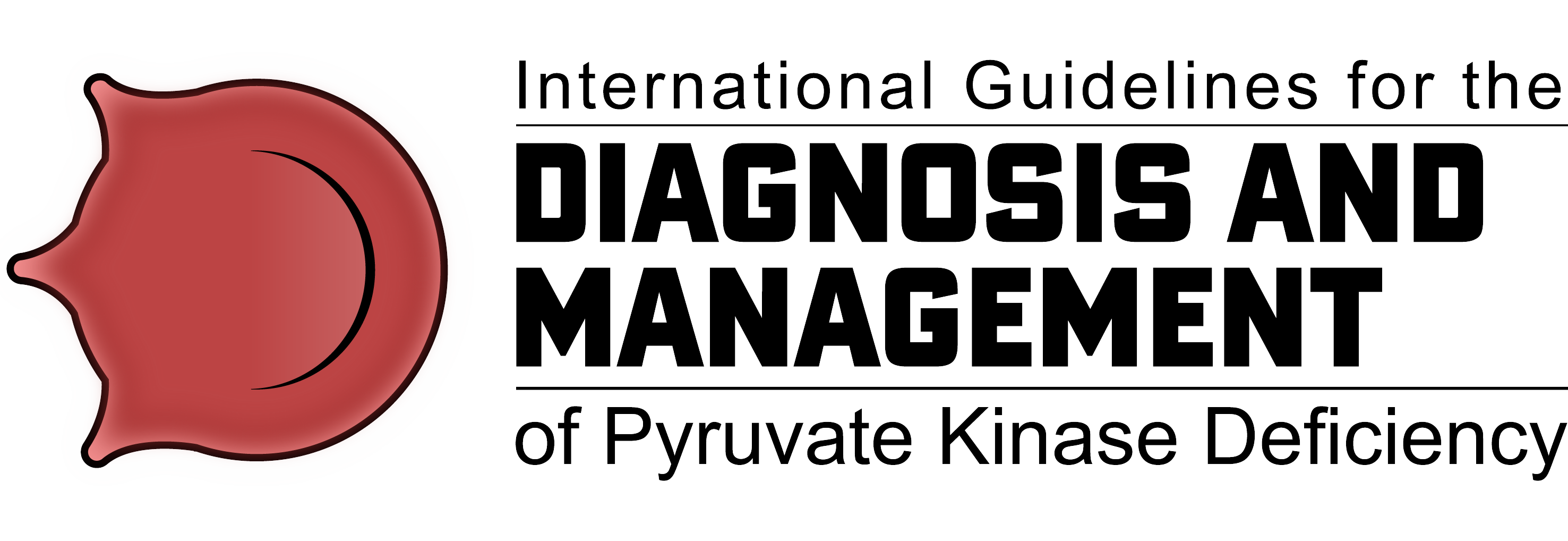Understanding Anemia and Its Different Forms
Anemia, a condition where the body lacks enough healthy red blood cells, can present a range of symptoms. One often-asked question is whether anemia can cause swelling in different parts of the body. In certain cases, the answer is yes, particularly in rare blood disorders like Pyruvate Kinase Deficiency (PKD). PKD, a genetic condition that affects the red blood cells, can cause anemia with symptoms that may include swelling. Understanding how PKD impacts the body and the treatment options available is essential, especially for parents of children diagnosed with this condition.
Pyruvate Kinase Deficiency (PKD): A Unique Form of Anemia
Anemia itself can take many forms. Iron deficiency anemia, for example, is common and treatable with dietary adjustments. However, PKD is a distinct type of anemia. It is hereditary and stems from a deficiency in pyruvate kinase, an enzyme crucial for red blood cell function. Without adequate pyruvate kinase, red blood cells break down prematurely, leading to chronic anemia. Unlike other types of anemia, PKD is not curable through diet or supplements alone. Therefore, PKD requires specialized attention, especially when symptoms such as swelling emerge.
The Link Between Anemia and Swelling
The link between anemia and swelling is not always direct. Swelling, known medically as edema, typically results from fluid retention in the body. When red blood cells are compromised, as in PKD, the body’s ability to transport oxygen effectively is hindered. As a result, certain organs may begin to malfunction, and symptoms such as swelling in the legs, hands, or even the abdomen may appear. This is particularly concerning in children with PKD, as their growing bodies require optimal oxygen levels to support development. Swelling in PKD patients may indicate complications like heart or liver stress, making it a symptom worth immediate attention.
Managing PKD: Specialized Treatments for Anemia and Swelling
Managing PKD requires a specialized approach. Since this form of anemia cannot be cured by iron or vitamin supplements, treatments focus on managing symptoms and preventing complications. For children with PKD, blood transfusions are often recommended to maintain red blood cell levels. These transfusions provide temporary relief from anemia-related symptoms, including potential swelling. However, transfusions alone may not address underlying swelling. Doctors may consider medications that support heart and liver health to reduce fluid buildup, providing a more comprehensive solution.
Splenectomy: Reducing Red Blood Cell Breakdown
In some cases, splenectomy (removal of the spleen) is suggested for PKD patients. The spleen plays a role in breaking down red blood cells. By removing it, doctors aim to reduce the rate at which red blood cells degrade, extending their life within the bloodstream. This can alleviate anemia and possibly reduce swelling, as fewer red blood cells are destroyed prematurely. Parents of children with health PKD should discuss the risks and benefits of a splenectomy with their healthcare provider, as it can impact immune function.
Genetic Counseling for Families with PKD
Genetic counseling is another valuable resource for families affected by PKD. Since this condition is hereditary, understanding the genetic basis of PKD can provide insight into the likelihood of passing the gene to future children. For parents with a child diagnosed with PKD, genetic counseling can clarify inheritance patterns, helping them make informed decisions regarding family planning. With a clearer understanding of PKD’s genetic origins, families can take proactive steps to manage their child’s health effectively.
New Treatment Advances for PKD
Despite the challenges PKD presents, new treatments are emerging. Best pyruvate kinase deficiency treatment one promising approach is enzyme replacement therapy, which aims to replace the missing pyruvate kinase enzyme in patients. This treatment is still in its early stages but offers hope for reducing symptoms of PKD, including anemia and related swelling. Clinical trials are underway, and families affected by PKD can discuss the possibility of participating in such trials with their healthcare provider. In cases where swelling is severe, medications that target fluid retention specifically may be added to the treatment regimen to manage symptoms and improve quality of life.
Supporting PKD Health Through Diet
Dietary adjustments, while not a cure for PKD, can support overall health. High-protein foods, along with vegetables and fruits rich in antioxidants, can promote red blood cell health and immune function. For children with PKD, maintaining a balanced diet ensures their bodies are equipped to handle the challenges of chronic anemia. Parents should consult with a nutritionist familiar with PKD to develop a diet plan tailored to their child’s needs, ensuring they receive adequate nutrients to support growth and energy.
Importance of Routine Monitoring for PKD
Regular monitoring is crucial for managing PKD effectively. Routine blood tests allow doctors to assess red blood cell levels, liver function, and signs of swelling or organ stress. Early detection of any changes enables timely intervention, helping to avoid severe complications. Parents of children with PKD should establish a schedule for check-ups, creating a record of their child’s progress. By keeping a close watch on symptoms, including any new or worsening swelling, families can work closely with healthcare providers to adjust treatments as needed.
Conclusion: Hope for PKD Treatment
As research advances, the understanding of PKD and its symptoms, like swelling, continues to grow. Awareness of the condition’s impact, particularly in children, is essential for timely and effective treatment. With emerging therapies, there is hope that one day PKD-related anemia can be managed more efficiently, reducing symptoms such as swelling.

